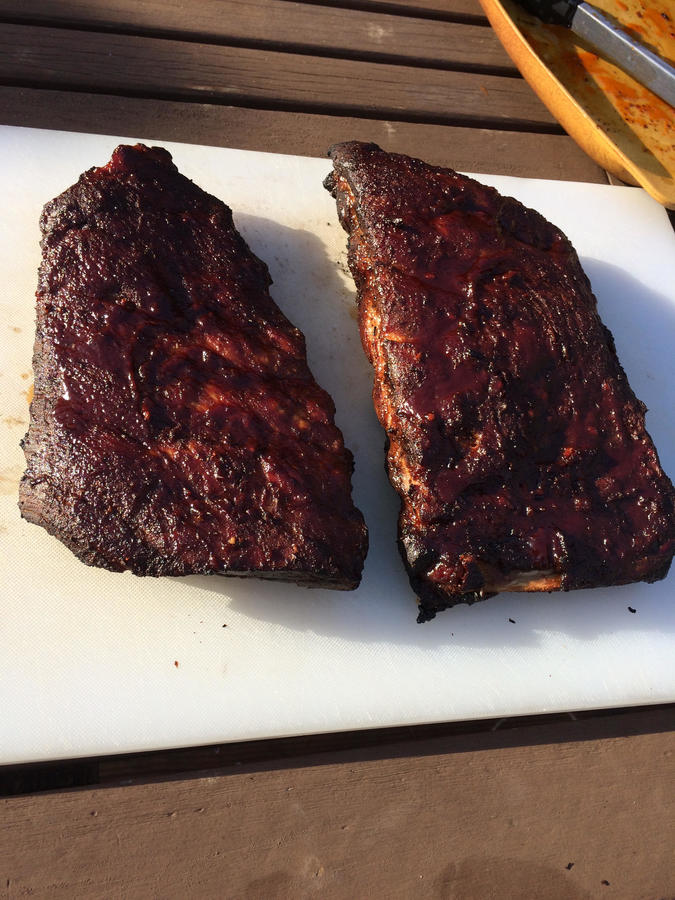SmokinAl
SMF Hall of Fame Pitmaster
Original poster
Staff member
Moderator
OTBS Member
★ Lifetime Premier ★
Thread starter
They sure look good!
I did this yesterday with St. Louis style ribs in my Masterbuilt electric. By the end of the 4 hours they were just shy of 180 IT, but it was getting late, and they looked damn good when I pulled them off to sear them off on the grill. They turned out great, great tooth feel, and tasted delicious. Can't wait to make another batch, with more time allotted for extra wiggle room.
I'm glad to hear they tasted good as well!
Al
Thank you Sir!
Thank you for doing this write-up! I tried to smoke some ribs for the first time over the weekend and they didn't turn out so hot. I didn't get hardly and pull-back and the meat was tough. I'm going to try this method in the future and see how things go. Again, great write-up and thanks for taking the time!
Please let me know how my method works for you!
Al







